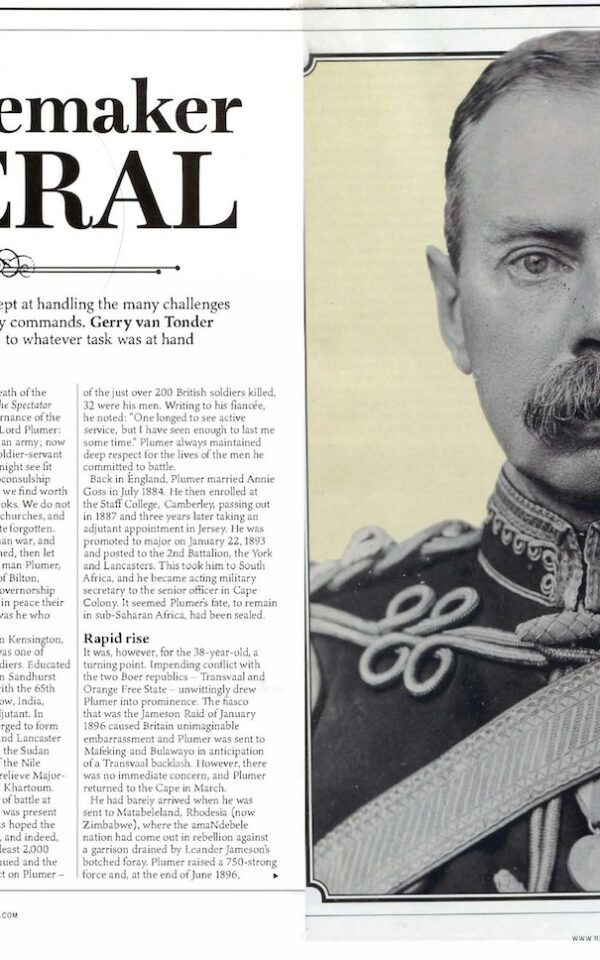On New Year’s Day 1951, the British 27th was deployed in defensive positions to the north of Uijongbu to cover the retreat of the Republic of Korea Army (ROKA) 6th and US Army 24th divisions, hard hit by Chinese volunteer forces to the northeast. The brigade war diary described the sight of troops falling back and refugees in flight as “disheartening and pitiful”. On January 2, Uijongbu was abandoned and the brigade moved south, under command of the US Army’s 24th Division.
The next day, orders went out for Seoul to be abandoned, and the British 27th was tasked with providing the rearguard. From here, the brigade moved east to the right flank of the ROKA 6th Division. By the beginning of February, US IX Corps tactical HQ had withdrawn south to Changhowan-ni, where the 3rd Battalion, Royal Australian Regiment (3/RAR) provided protection. Patrol duties were apportioned to the 1/Middlesex and 1/ Argylls, covering the top right and bottom left of the area respectively.
On March 6, now under command of the US 1st Cavalry Division, the British 27th pushed forward again, with troops from the 2/PPCLI and 3/ RAR spearheading the advance under heavy enemy mortar fire. At dusk the following day, the two battalions were short of their objectives, finding themselves on hillsides where they struggled to evacuate the wounded. Casualties were heavy – the brigade sustained 21 killed and 70 injured.
On March 25, after almost two weeks of inactivity, the British 27th was trucked north to relieve the US 19th RCT in the Hyon-ni–Kwanan ri area. The brigade continued with its relatively unopposed offensive, oblivious to the fact that the latest Chinese withdrawal had been deliberate and part of the communists’ strategy of cyclical phases of attack, withdraw and re-outfit.
In preparation of their spring offensive, the CPVA 63rd and 64th Corps had been building up their forces to the front and flanks of the 1st Battalion, Gloucestershire Regiment (1/Glosters). In one of the most celebrated battles in British military history, the Battle of the Imjin River, the Glosters effectively ceased to exist between April 22-25, 1951. Surrounded on Hill 235 and left to defend themselves against impossible odds and next to no resupply, the soon to be known as ‘Glorious Glosters’ suffered 580 casualties: 58 killed and a staggering 522 taken prisoner. A further 27 died in captivity.
With the collapse of the ROKA 6th Division during the night of April 22/23, the British 27th received rushed orders to block the gap to the north of the Kapyong River. The 2/PPCLI, commanded by Lieutenant-Colonel James Stone, was to establish blocking positions covering the north and northeast brigade sector, centred on Hill 677.
At one minute after midnight on April 26, the title and command of the British 27th changed. Brigadier Brian Burke handed over to Brigadier George Taylor, commanding officer of the 28th British Commonwealth Brigade. Before departing for Hong Kong, Burke presented the brigade flag to Lieutenant-Colonel Ian Ferguson, CO 3/RAR, in recognition of their great comradeship and the high esteem felt throughout the whole brigade.
The British 27th, with support from ‘A’ Company, US 72nd Tank Battalion (on attachment from the US Eighth Army), had prevented superior numbers of Chinese forces from taking Kapyong, earning an American Presidential Unit citation “for extraordinary heroism and outstanding performance of combat duties in action against the armed enemy near Kapyong, Korea, on April 24/25, 1951”.






Reviews
There are no reviews yet.